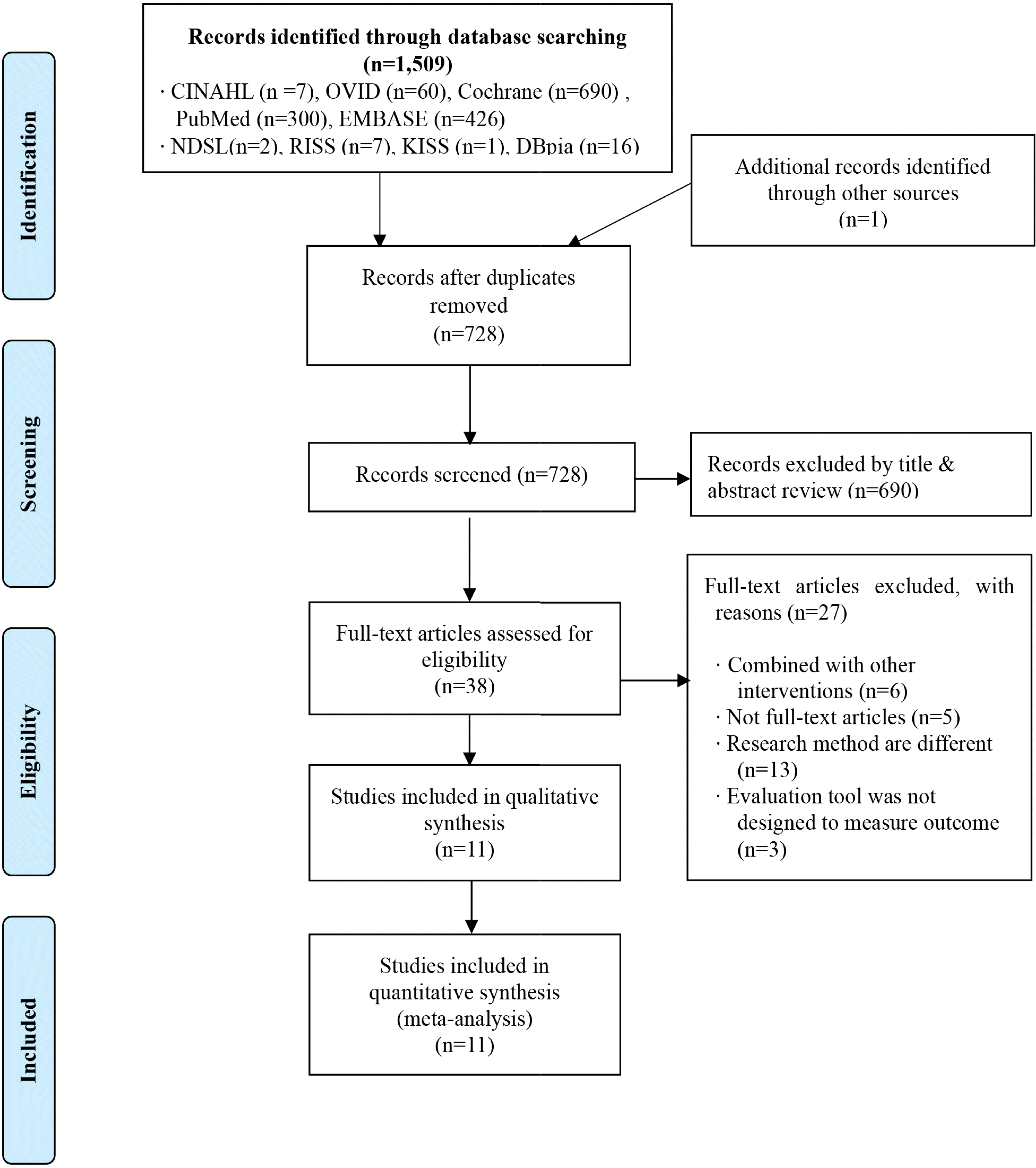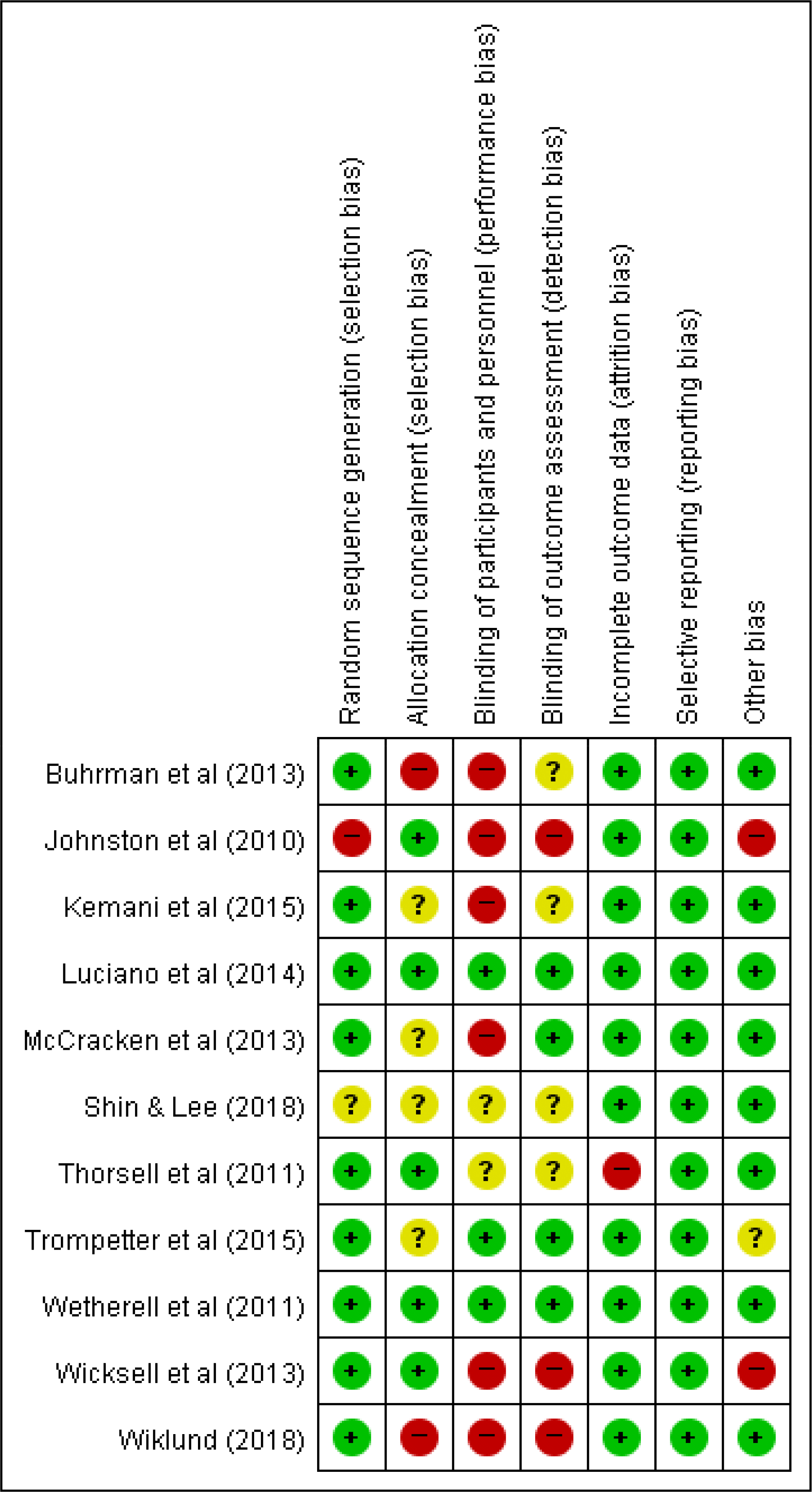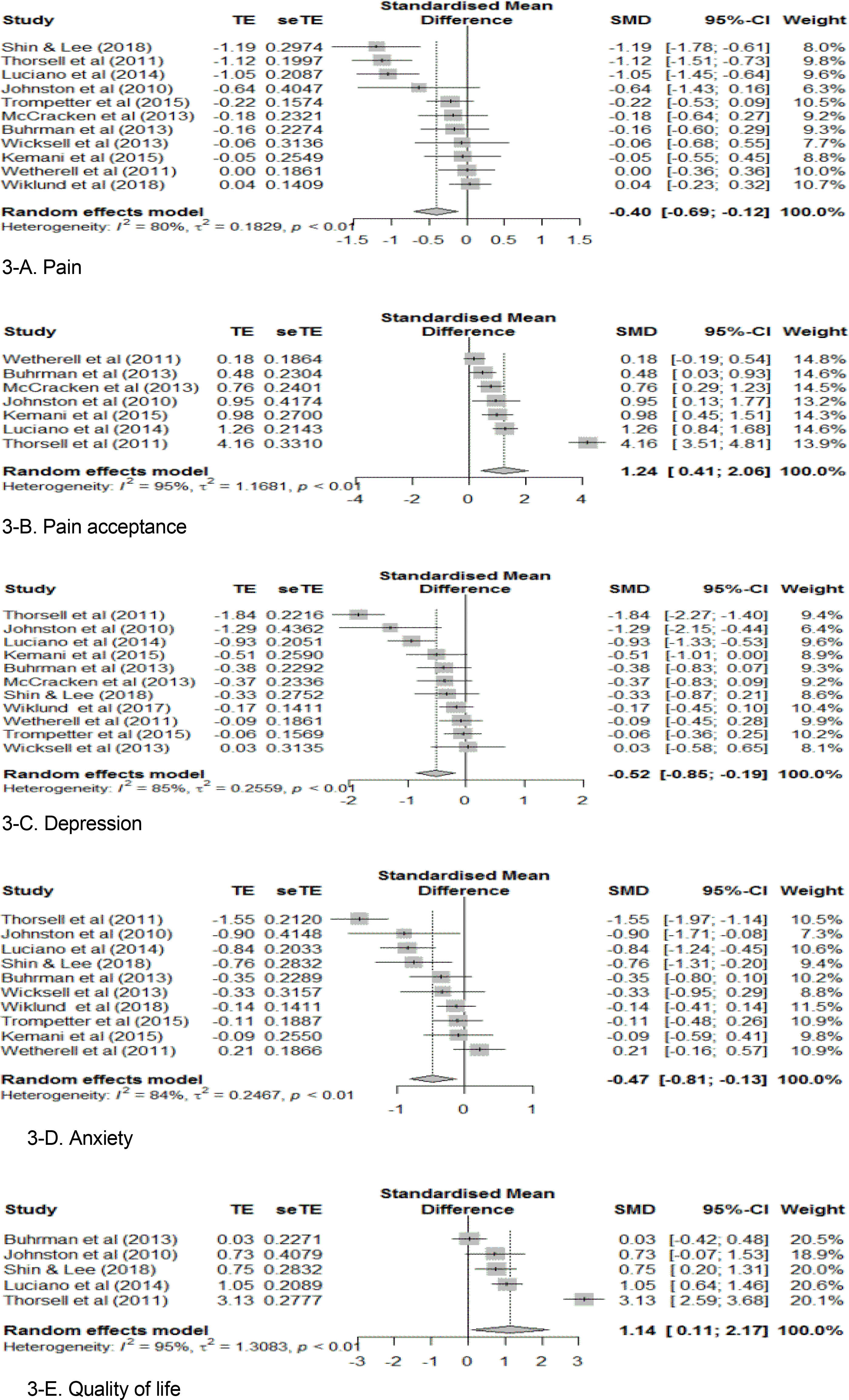1. Merskey HE. Classification of chronic pain: descriptions of chronic pain syndromes and definitions of pain terms. 2nd ed.Seattle: IASP Press;1994. p. 222.
2. Jeong CKH, Park JY, Kim NS, Park HY. Status of chronic pain prevalence in the Korean adults [Internet]. 2015. [cited 2015 Aug 10]. Available from:. https://www.bioin.or.kr/board.do?num=254082&cmd=view&bid=policy.
3. Gatchel RJ, Okifuji A. Evidence-based scientific data documenting the treatment and cost-effectiveness of comprehensive pain programs for chronic nonmalignant pain. The Journal of Pain: Official Journal of the American Pain Society. 2006; 7(11):779–793. https://doi.org/10.1016/j.jpain.2006.08.005.

4. Institute of Medicine Committee on Advancing Pain Research, Care, and Education. Relieving pain in America: a blueprint for transforming prevention, care, education, and research. Washington (DC): National Academies Press;2011. p. 364.
5. Jeong EK, Kwak YH, Song JS. Influences of chronic pain on the use of medical services in South Korea. The Journal of the Korea Contents Assosciation. 2015; 15(2):363–369. https://doi.org/10.5392/JKCA.2015.15.02.363.

6. Breivik H, Eisenberg E, O' Brien T. The individual and societal burden of chronic pain in Europe: the case for strategic prioritisation and action to improve knowledge and availability of appropriate care. BMC Public Health. 2013; 13:1229. https://doi.org/10.1186/1471-2458-13-1229.

7. Zale EL, Ditre JW. Pain-related fear, disability, and the fear-avoidance model of chronic pain. Current Opinion Psychology. 2015; 5:24–30. https://doi.org/10.1016/j.copsyc.2015.03.014.

8. Azevedo LF, Costa-Pereira A, Mendonca L, Dias CC, Castro-Lopes JM. Epidemiology of chronic pain: a population-based nationwide study on its prevalence, characteristics and associated disability in Portugal. The Journal of Pain: Official Journal of the American Pain Society. 2012; 13(8):773–783. https://doi.org/10.1016/j.jpain.2012.05.012.
9. Williams AC, Eccleston C, Morley S. Psychological therapies for the management of chronic pain (excluding headache) in adults. The Cochrane Database of Systematic Reviews. 2012; 11:1–112. https://doi.org/10.1002/14651858.CD007407.pub3.
10. American Psychological Association. Pain. Psychology Topic [Internet]. 2000. [cited 2019 Jun 1]. Available from:. https://www.apa.org/topics/pain.
11. McCracken LM, Turk DC. Behavioral and cognitive-behavioral treatment for chronic pain: outcome, predictors of outcome, and treatment process. Spine. 2002; 27(22):2564–2573. https://doi.org/10.1097/00007632-200211150-00033.
12. Graham CD, Gouick J, Krahe C, Gillanders D. A systematic review of the use of acceptance and commitment therapy (ACT) in chronic disease and longterm conditions. Clinical Psychology Review. 2016; 46:46–58. https://doi.org/10.1016/j.cpr.2016.04.009.

13. Hayes SC, Luoma JB, Bond FW, Masuda A, Lillis J. Acceptance and commitment therapy: model, processes and outcomes. Behaviour Research and Therapy. 2006; 44(1):1–25. https://doi.org/10.1016/j.brat.2005.06.006.

14. Kim KH, Kwon JH. Testing models of relation to academic & career stress, acceptance behavior, and the psychological wellbeing of college students. The Korean Association of Human Development. 2014; 21(4):43–46. https://doi.org/10.15284/kjhd.2014.21.4.43.
15. Hayes SC, Strosahl KD, Wilson KG, Bissett RT, Pistorello J, Toarmino D, et al. Measuring experiential avoidance: a preliminary test of a working model. The Psychological Record. 2004; 54(4):553–578. https://doi.org/10.1007/BF03395492.

16. Hughes LS, Clark J, Colclough JA, Dale E, McMillan D. Acceptance and commitment therapy (ACT) for chronic pain: a systematic review and metaanalyses. The Clinical Journal of Pain. 2017; 33(6):552–568. https://doi.org/10.1097/AJP.0000000000000425.
17. Ost LG. The efficacy of acceptance and commitment therapy: an updated systematic review and metaanalysis. Behaviour Research & Therapy. 2014; 61:105–121. https://doi.org/10.1016/j.brat.2014.07.018.
18. Ong CW, Lee EB, Twohig MP. A metaanalysis of dropout rates in acceptance and commitment therapy. Behaviour Research and Therapy. 2018; 104:14–33. https://doi.org/10.1016/j.brat.2018.02.004.

19. Hacker T, Stone P, MacBeth A. Acceptance and commitment therapy - do we know enough? Cumulative and sequential metaanalyses of randomized controlled trials. Journal of Affective Disorders. 2016; 190:551–565. https://doi.org/10.1016/j.jad.2015.10.053.

20. Schutze R, Rees C, Smith A, Slater H, Campbell JM, O'Sullivan P. How can we best reduce pain catastrophizing in adults with chronic noncancer pain? A systematic review and metaanalysis. The Journal of Pain: Official Journal of the American Pain Society. 2018; 19(3):233–256. https://doi.org/10.1016/j.jpain.2017.09.010.
21. Moher D, Liberati A, Tetzlaff J, Altman DG. Preferred reporting items for systematic reviews and metaanalyses: the PRISMA statement. BMJ: British Medical Journal. 2009; 339:b2535. https://doi.org/10.1136/bmj.b2535.

22. Higgins JPT, Green S. editors. Cochrane handbook for systematic reviews of interventions version 5.1.0 [Internet]. London, UK: The Cochrane Collaboration;2011. [cited 2016 Nov 29]. Available from:. http://handbook.cochrane.org.
23. Borenstein M, Hedges LV, Higgins JPT, Rothstein HR. Introduction to metaanalysis. West Sussex, UK: John Wiley & Sons, Ltd.;2009. p. 452.
24. Thorsell J, Finnes S, Dahl JA, Lundgren T, Gybrant M, Gordh T, et al. A comparative study of 2 manual-based self-help interventions, acceptance and commitment therapy and applied relaxation, for persons with chronic pain. Clinical Journal of Pain. 2011; 27(8):716–723. https://doi.org/10.1097/AJP.0b013e318219a933.

25. Hayes SC, Strosahi KD. A practical guide to acceptance and commitment therapy. New York: Springer;2004. p. 396.
26. Veehof MM, Trompetter HR, Bohlmeijer ET, Schreurs KM. Acceptance- and mindfulness-based interventions for the treatment of chronic pain: a meta-analytic review. Cognitive Behavior Therapy. 2016; 45(1):5–31. https://doi.org/10.1080/16506073.2015.1098724.

27. Bach P, Hayes SC. The use of acceptance and commitment therapy to prevent the rehospitalization of psychotic patients: a randomized controlled trial. Journal of Consulting and Clinical Psychology. 2002; 70(5):1129–1139. https://doi.org/10.1037/0022-006X.70.5.1129.

28. Twohig MP, Levin ME. Acceptance and commitment therapy as a treatment for anxiety and depression: a review. The Psychiatric Clinics of North America. 2017; 40(4):751–770. https://doi.org/10.1016/j.psc.2017.08.009.
29. A-Tjak JGL, Davis ML, Morina N, Powers MB, Smits JA, Em-melkamp PM. A metaanalysis of the efficacy of acceptance and commitment therapy for clinically relevant mental and physical health problems. Psychotherapy and Psychosomatics. 2015; 84(1):30–36. https://doi.org/10.1159/000365764.

30. Park JH, Hyoung S. Effects of psychoeducational intervention for cancer survivors: a systematic review and metaanalysis. Journal of Korean Academy of Nursing. 2017; 47(2):143–163. https://doi.org/10.4040/jkan.2017.47.2.143.





 PDF
PDF ePub
ePub Citation
Citation Print
Print





 XML Download
XML Download